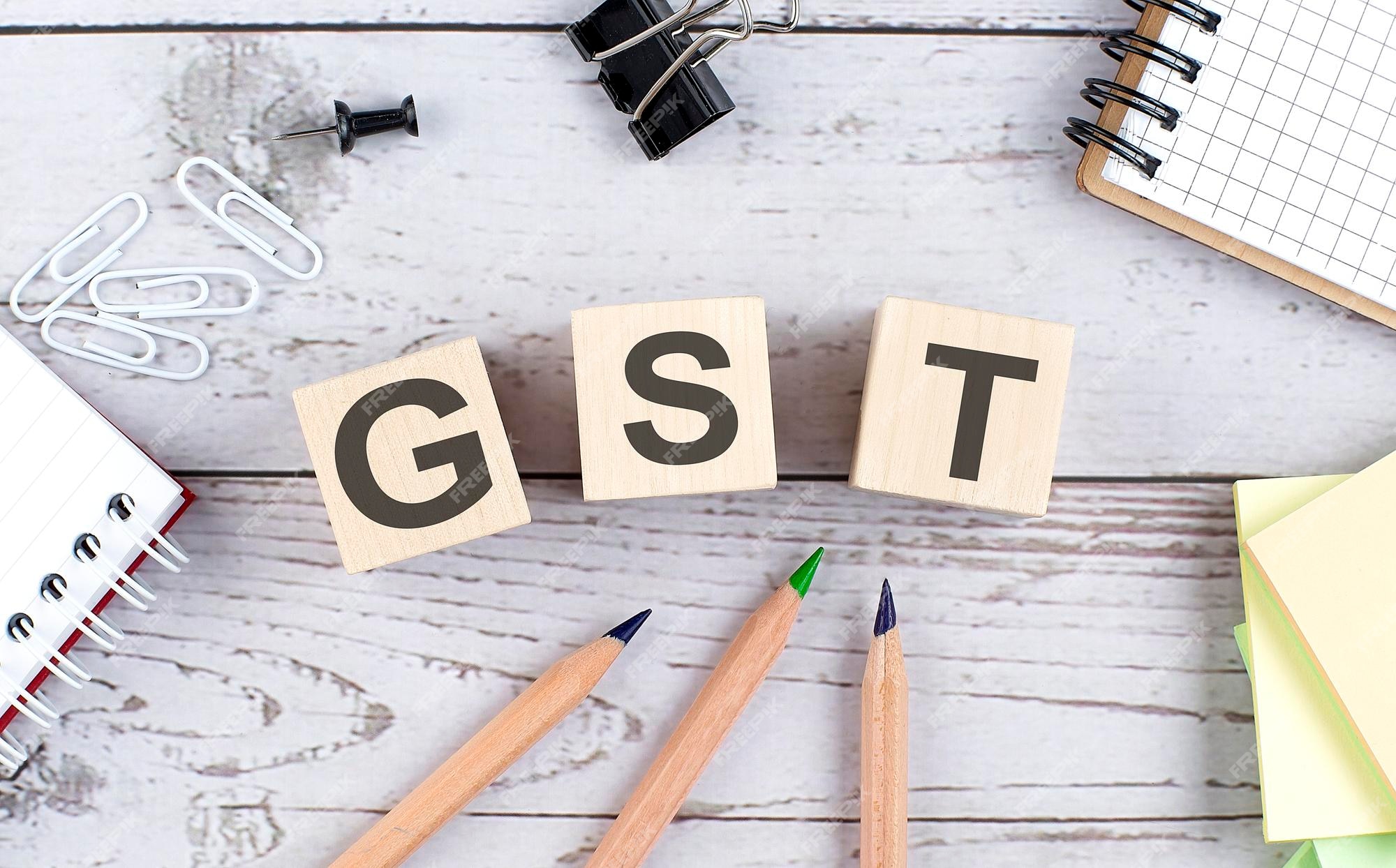India–US Trade Tensions Rise Over Steel and Auto Tariffs NMDC Limited reports a 38% drop in Q4 FY24 consolidated net profit RINL to Raise $23 Million Through Land Sales Amid Crisis

GST rate rationalisation, in all probability, will take place only after Lok Sabha polls, a senior Finance Ministry official has said.
“Some minor changes can take place as and when required and based on the recommendations of the GST Council. However, you can expect overall changes only after the election,” the official told a media source. The next meeting of the Council is expected to take place either late this month or next month, and that will be the last one before the general election. The date of the meeting has not been finalised yet, the official added.
Earlier, when Revenue Secretary Sanjay Malhotra was asked about the rate rejig exercise, he said, “The GST Council, on a regular basis, reviews rates and gives appropriate recommendations. It is an ongoing exercise. As of now, there is no big proposal to make changes in rates, but final decision has to be taken by the GST Council. Please note that rates under GST for maximum goods and services are lower than sales tax-VAT regime.”
As of date, over 1,200 goods and services except those on the negative list, attract GST. Four primary GST rates are 5, 12,18 and 28 per cent. Some special rates are 0.25 per cent, 1.5 and 3%. Some of the items are in NIL rates. Twenty-eight per cent slab in GST contributes 16 per cent to the gross GST revenue, while the major chunk of 65 per cent comes from the 18% slab. The slabs of 5% and 12% contribute 10% and 8% of the total gross GST revenue, respectively.
In the White Paper presented by the government on Thursday, it was said that the average pre-GST indirect tax rate was 15%, while under the GST regime, it is 12.2% (as of March 2023). The paper also highlighted that GST has helped households save nearly ₹45,000 crore per month from December 2017 until March 2023. At the same time, monthly average revenue from GST has gone up from ₹90,000 crore in FY18 to ₹1.7 lakh crore in FY24.
Considering all these, there persistent demand has been to rejig the rate, especially merging two slabs (12% and 15%). Also, in order to end the inverted duty structure (higher duty on inputs and lower duty on output), there is also a suggestion to raise the 5% slab to 8%. The official, quoted above, said that any decision on this issue is a very politically sensitive issue, which is why “you can expect recommendations or decisions post-poll, when there is more clarity on the political front.”
A Group of Ministers, under the convenorship of the Finance Minister of Uttar Pradesh, Suresh Kumar Khanna, is going through a rate rejig exercise. The Committee gave an interim report, after which the Council recommended some rate changes in of the previous meetings such as pre-packaged - pre-labeled items among others. However, the final report is awaited. Now, the group needs to be rejigged again as one member, Vijay Kumar Chaudhary (Former Finance Minister of Bihar), needs to be replaced after change in political composition of the State Government.
Also Read : GST compensation cess may get a new avatar GST compensation cess could terminate before March 2026 deadline